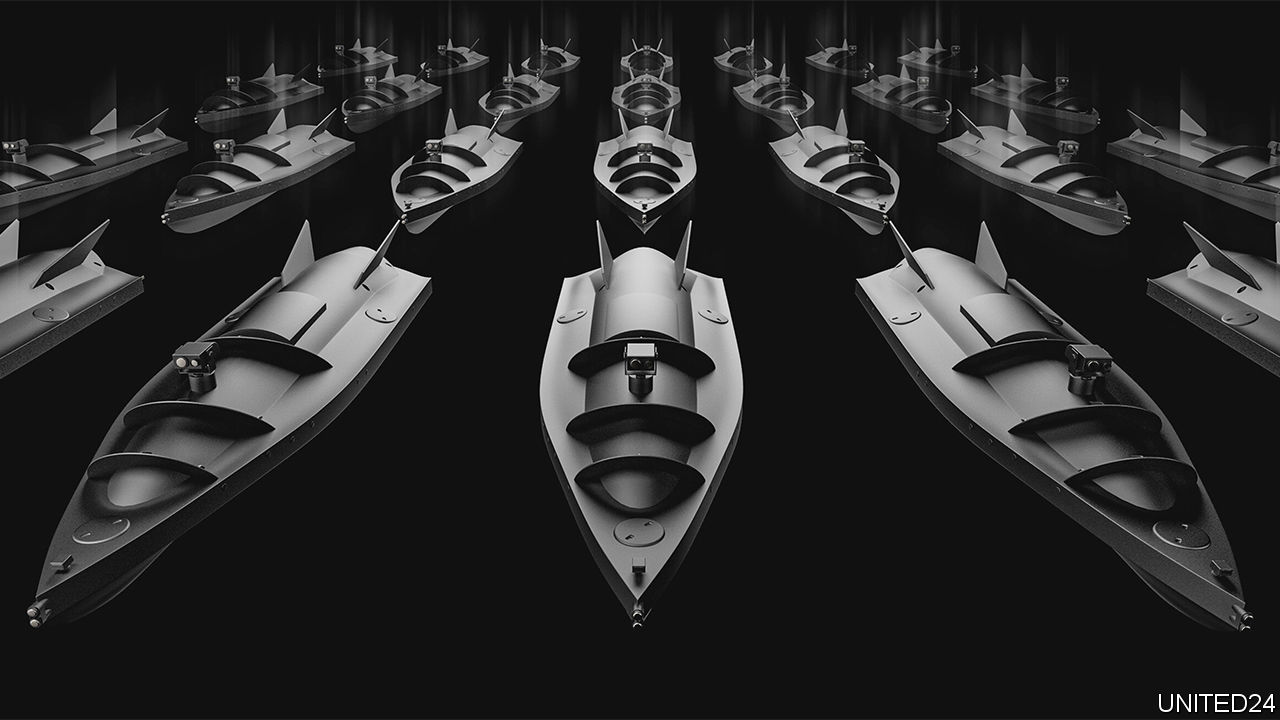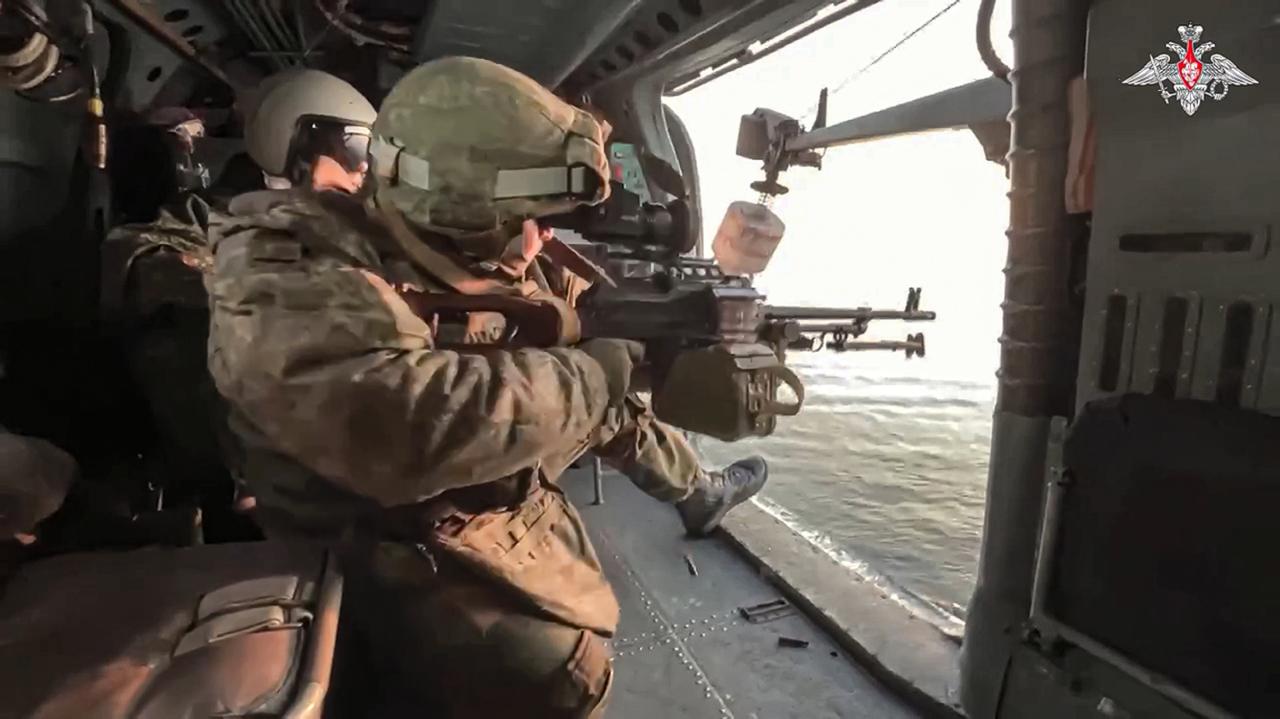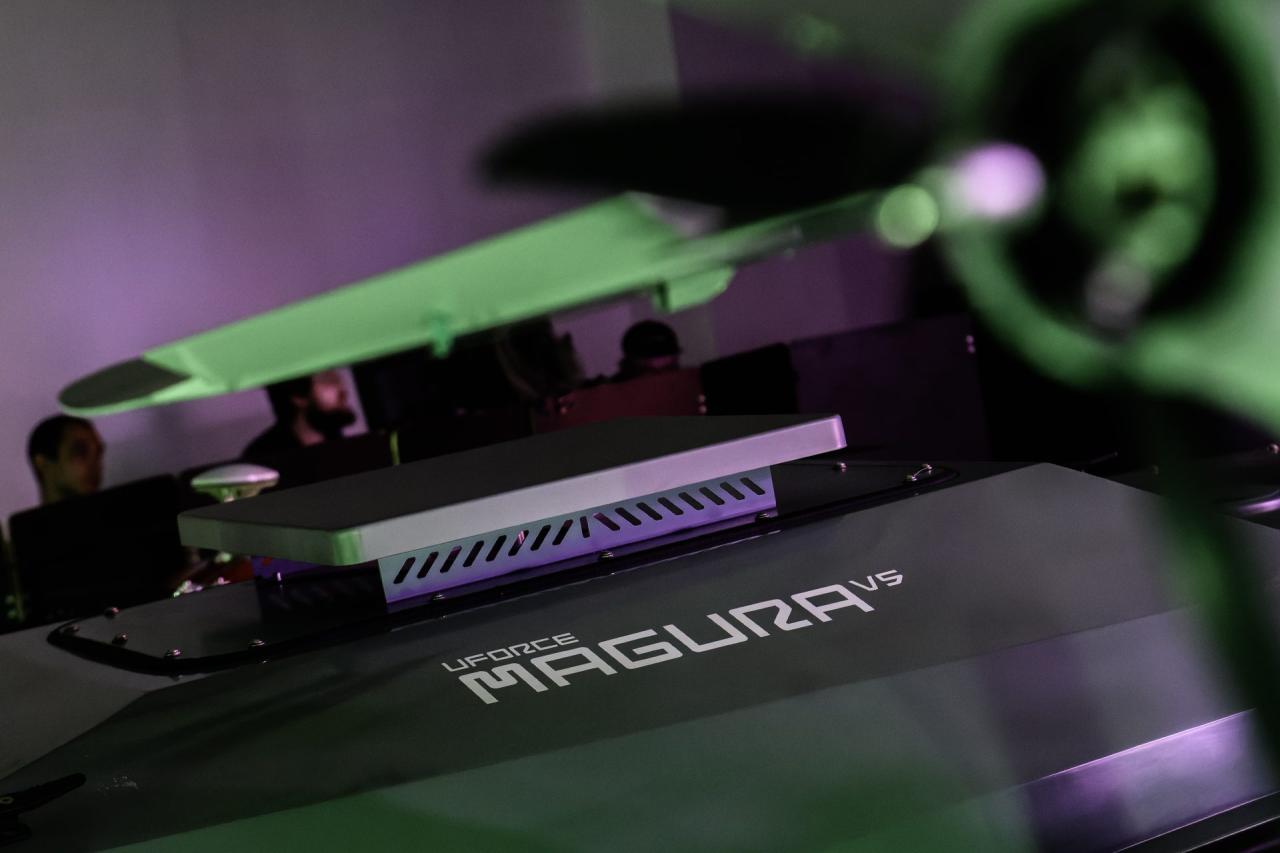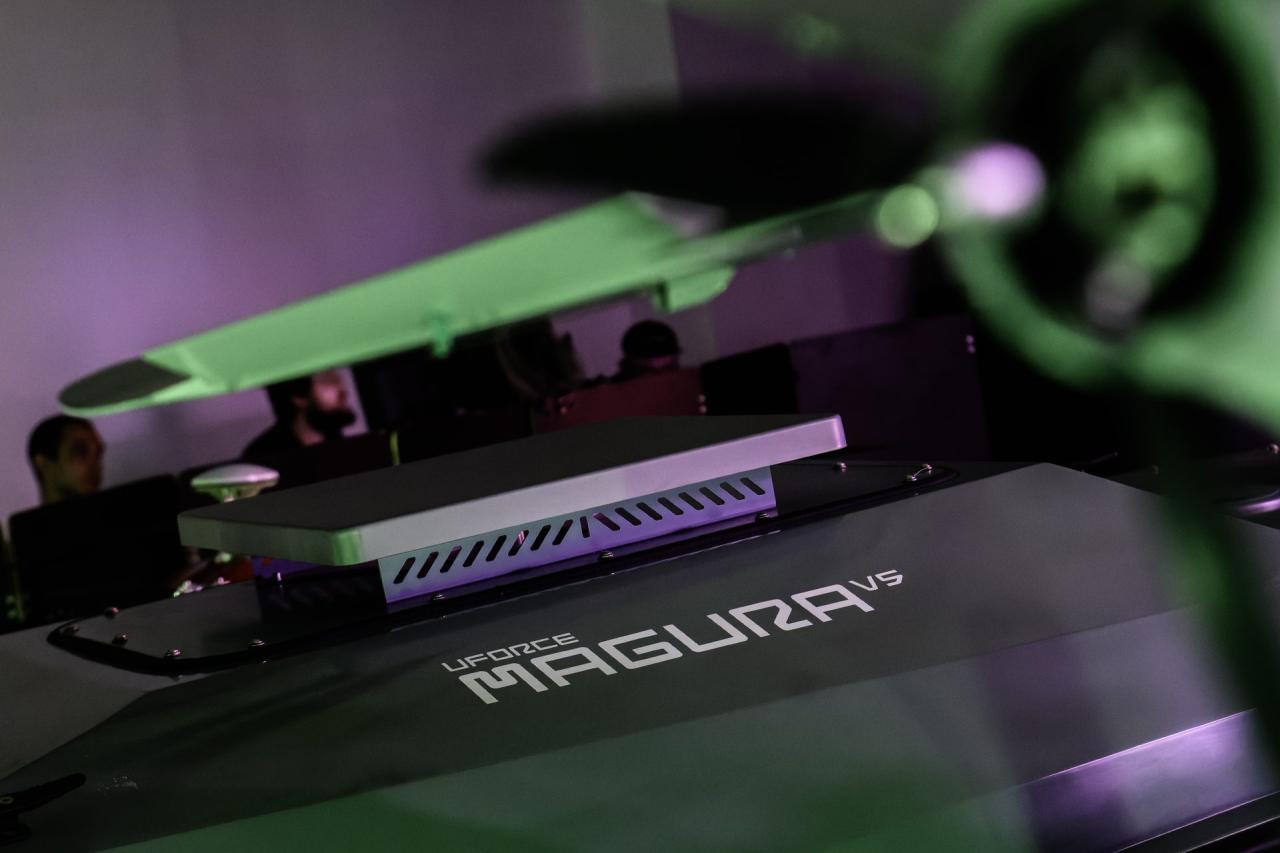Ukrainian sea drones are changing naval warfare. These unmanned vessels, ranging from small, expendable craft to larger, more sophisticated platforms, are proving surprisingly effective against a larger, more technologically advanced adversary. This exploration delves into their design, capabilities, impact, and the future implications of this burgeoning technology.
We’ll examine the various types of Ukrainian sea drones, their operational tactics, the technology behind them, and the challenges in their production and maintenance. We’ll also consider the countermeasures employed by Russia and the potential future developments in both drone and anti-drone technologies. Get ready for a fascinating look at a game-changer in modern conflict.
Ukraine’s innovative sea drones are making waves in naval warfare, showcasing impressive capabilities. Thinking about future drone tech? Check out the advancements likely to be shown at the china drone show 2028 , which could offer insights into potential future developments for similar unmanned systems. The Ukrainian sea drone program, with its focus on cost-effectiveness and adaptability, is certainly one to watch as drone technology evolves globally.
Ukrainian Sea Drones: A Deep Dive

The ongoing conflict in Ukraine has witnessed the innovative and effective deployment of unmanned maritime systems, commonly known as sea drones. These relatively inexpensive yet highly impactful weapons systems have significantly altered naval warfare dynamics, forcing a reevaluation of traditional naval strategies. This article delves into the various aspects of Ukrainian sea drones, from their design and operational capabilities to their impact on the conflict and future implications.
Types of Ukrainian Sea Drones
Ukraine employs a diverse range of sea drones, each designed for specific missions and operational environments. These vary significantly in size, payload capacity, propulsion systems, and range. While precise specifications remain largely classified for operational security reasons, general characteristics can be observed.
| Type | Size | Payload | Range |
|---|---|---|---|
| Small, expendable drone | ~1-2 meters | Small explosive charge | Up to 10km |
| Medium-sized, reusable drone | ~3-5 meters | Larger explosive charge, or other payloads | Up to 50km |
| Larger, specialized drone | ~5+ meters | Varied payloads, including reconnaissance equipment or heavier explosives | Up to 100km+ |
The smaller drones are often used in swarm tactics, overwhelming defenses with sheer numbers. Larger drones, on the other hand, might carry heavier payloads or specialized equipment for reconnaissance or electronic warfare. Technological advancements include improved navigation using GPS and inertial navigation systems, enhanced communication via satellite links, and more precise targeting systems using AI-assisted image recognition.
Operational Capabilities and Tactics
Ukraine’s deployment strategies for sea drones are characterized by adaptability and innovation. Launch methods vary, depending on the drone type and mission parameters. Smaller drones might be launched from various platforms, including civilian vessels or even the shore. Larger drones may require specialized launch systems. Control is often achieved via satellite links, providing a significant operational range.
Target acquisition involves a combination of satellite imagery, real-time sensor data, and human intelligence.
Ukrainian sea drones are making waves, showcasing impressive autonomous capabilities. It’s a far cry from the dazzling spectacle of a coordinated drone display, like the one you can see at the shanghai new year drone show , but both highlight the evolving technology behind unmanned aerial vehicles. Thinking about the precision needed for those light shows really puts the Ukrainian drones’ adaptability in a new light.
Ukrainian sea drones have proven highly effective in disrupting Russian naval operations. Reports suggest successful attacks on Russian warships, landing craft, and fuel storage facilities. For example, attacks on the Kerch Strait Bridge significantly disrupted Russian supply lines. In a hypothetical combined arms operation, these drones could be used to distract or engage enemy naval assets, allowing other Ukrainian forces to launch a more focused attack.
Technological Components and Manufacturing
The construction of Ukrainian sea drones involves a combination of readily available commercial components and locally developed technologies. Propulsion systems might utilize commercially available outboard motors or custom-built electric motors. Navigation and communication systems often rely on off-the-shelf components, but are integrated with custom software. The manufacturing process involves a mix of domestic and potentially foreign-sourced components, with assembly and integration happening within Ukraine.
Ukrainian sea drones are making waves in naval warfare, showcasing innovative designs and tactics. For a glimpse into the potential of advanced autonomous maritime systems, check out the capabilities of the magura v5 sea drone , a prime example of cutting-edge technology. Understanding these developments helps us grasp the evolving landscape of Ukrainian drone technology and its impact on future conflicts.
Challenges include securing reliable sources for key components, especially given the ongoing conflict. Maintaining a skilled workforce is also crucial. Potential improvements include developing more resilient hulls, integrating more advanced AI for autonomous operation, and exploring alternative propulsion systems for enhanced range and endurance.
- Improved hull design for enhanced survivability
- Advanced AI for autonomous target identification and engagement
- Hybrid propulsion systems for increased range and endurance
- Integration of electronic warfare capabilities
Impact and Implications

Ukrainian sea drones have profoundly impacted the ongoing conflict. Their relatively low cost and high effectiveness have significantly altered the balance of power in the Black Sea, challenging Russia’s naval dominance. The successful employment of these drones has demonstrated the potential for asymmetric warfare strategies to neutralize technologically superior adversaries.
Widespread adoption of similar drone technology by other nations could lead to significant changes in naval warfare and potentially civilian applications. The potential for cost-effective coastal surveillance, search and rescue, and environmental monitoring is substantial. A visual representation would show a map of the Black Sea with Ukrainian sea drone deployment locations marked, highlighting key targets and the disruption of Russian naval operations, showcasing the asymmetric advantage they provide.
Countermeasures and Defense Strategies, Ukrainian sea drone

Russia has implemented various countermeasures to neutralize the threat posed by Ukrainian sea drones. These include deploying electronic warfare systems to jam drone communications and navigation systems, as well as employing anti-drone weapons such as directed-energy weapons and nets.
The effectiveness of these countermeasures is variable, and Ukrainian forces continue to adapt their tactics and technologies to overcome them.
The ongoing technological arms race between drone technology and counter-drone technology will continue to shape the future of naval warfare. Advancements in anti-drone technology will likely lead to the development of more sophisticated and resilient drone designs, creating a continuous cycle of innovation and adaptation.
Summary
The use of Ukrainian sea drones represents a significant shift in naval warfare, demonstrating the potential for smaller, less expensive, and easily deployable assets to impact even the most powerful navies. Their effectiveness highlights the growing importance of unmanned systems in modern conflict and the need for continued innovation in both offensive and defensive drone technologies. The future of naval warfare is undeniably shaped by the success of these relatively inexpensive, yet highly impactful, platforms.
Common Queries: Ukrainian Sea Drone
What materials are typically used to build Ukrainian sea drones?
Common materials include fiberglass, composites, and various metals depending on the specific drone design and intended purpose.
How are Ukrainian sea drones controlled?
Control methods vary, but often involve satellite, radio, or a combination of communication systems, allowing for remote operation and targeting.
What is the lifespan of a typical Ukrainian sea drone?
Lifespan depends heavily on the design and mission. Some are expendable, while others are designed for multiple deployments with necessary maintenance.
Are Ukrainian sea drones equipped with any self-defense mechanisms?
While specifics are often classified, some designs may incorporate countermeasures like decoys or jamming systems to increase survivability.
